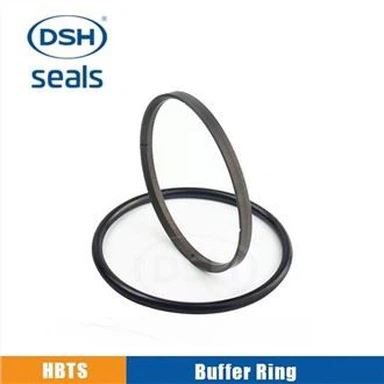Common Failure Analysis Of Automobile Oil Seals 2
Mar 29, 2022
Failure due to coordination:
Scratches on the lip: serious collision with the metal parts of the oil seal.
Lip damage, lip waist crack or lip flip: Shaft chamfering, assembly or oil seal is not concentric with the cavity. Apply grease to chamfers and shaft ends during assembly.
Leakage due to shaft orientation: A lathe machined shaft was used.
Spring falling off: The size and angle of the shaft chamfering are incorrect, the chamfering of the shaft end makes the lip stuck at the shaft end, or the installation shaft is not concentric with the cavity, and the assembly is rough and rough, causing part or all of the spring to fall off. Lubricate the chamfer before assembling.
Lip end wear: Shaft surface roughness is excessive, with circumferential "stripes" on the wear surface. Correct the surface roughness of the shaft with sandpaper until it can meet the requirements. Replace defective shafts with shafts that meet surface roughness requirements.
Leakage due to damage to the shell: Leakage at the mating site.







